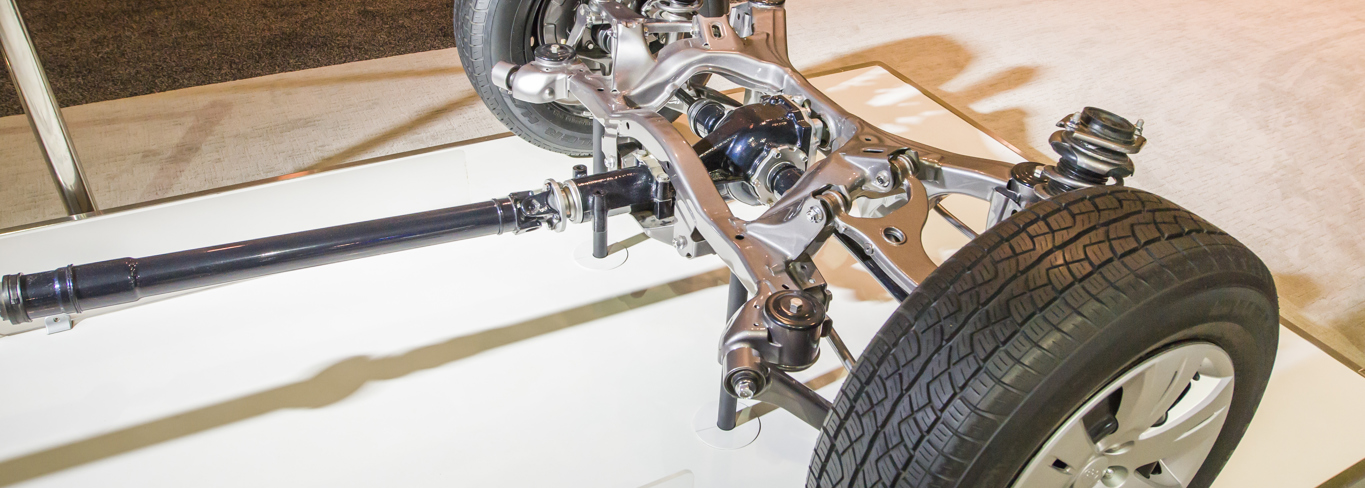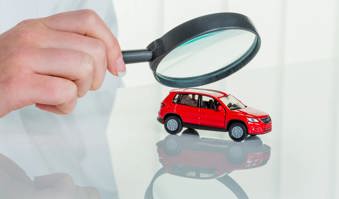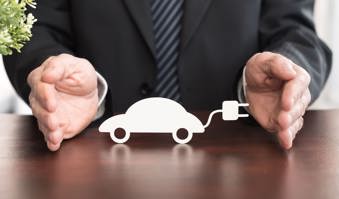Everything you need to know about Drivetrain
 28 Jun, 2022
28 Jun, 2022
Here's everything you need to know about the drivetrain in a vehicle. From what is a drive train to how it works? Click here to read and find out.
Understanding your Drivetrain
What is a Drivetrain?
Choosing a vehicle for the ideal road trip seems like an easy task: select a car, inspect the engine, and make sure you have all the required documentation. Right? You simply hit the gas and off you go.
However, it isn’t that simple. To transform engine power into forward motion, a complex set of systems known as the ’Drivetrain’ is essentially required to work together.
So, what exactly is a Drivetrain? and why should you know about it?
In simpler words, the drivetrain is a collection of components that work together to send energy from the engine to the driving wheels of a vehicle. The drivetrain sends engine power to the driving wheels. It is possible to have two or four driving wheels. The transmission, axles, driveshaft, and wheels are all part of the drivetrain. It works in tandem with the engine to move the wheels.
What is the Rear-Wheel-Drive Drivetrain?
The Rear-Wheel-Drive is when the propeller shaft transfers torque from the engine to the back wheels via a differential that splits the power between the two wheels. The engine and transmission must be mounted longitudinally in a rear-wheel-drive layout.
It is preferred by proficient drivers who enjoy driving a vehicle that gives them greater control but is also more difficult to master for a variety of reasons. A Rear Wheel Drive or RWD system will provide faster acceleration than a Front Wheel Drive or FWD system because of the weight shifting to the rear.
Rear-wheel drive vehicles can be maneuvered to slide or swivel around a turn considerably easier than front-wheel drive or all-wheel drive vehicles on a track, because power is being utilized to break rear-wheel traction, whereas FWD or AWD versions rely on momentum to turn and rotate.
Due to a front-mounted engine and a rear-mounted transmission and differential, RWD designs typically have a nearly 50/50 weight distribution. Balance in performance equates to neutral handling, stable steering with modest throttle and brake inputs having a bigger influence.
In today's society, practicality takes precedence over sportiness, which is why there aren't enough RWD vehicles left. However, some examples include the Toyota Innova and the Ford Mustang.
What is the Front-Wheel-Drive Drivetrain?
The Front-Wheel-Drive involves the transmission of the power from the engine to the front wheels of the car. The front wheels pull the automobile in FWD, whereas the back wheels receive no power. The advantages of a front-wheel-drive car include higher fuel economy and less carbon dioxide production. An FWD car can maintain a superior grip on difficult roads as the engine's weight is distributed over the driving wheels. Performance purists, on the other hand, argue that FWD cars are not really enjoyable when it comes to driving.
What is the All-Wheel-Drive Drivetrain?
The all-wheel-drive drivetrain supplies power to each wheel of the car via a front, middle, and rear axle rotating at different speeds.
The All-Wheel Drive or AWD, as the name indicates, provides constant power to all four wheels at the front and rear. In actuality, however, only two types of drivetrains are referred to as all-wheel drive. The first one is the full-time AWD which is when all four wheels are driven continuously. The second type is known as the part-time AWD or automated AWD. It functions in the two-wheel-drive mode most of the time, but power is given to all four wheels only when more command over traction is required.
Today, AWD is predominantly used in powerful car engines, but it is also used by people who commute through on difficult terrains on a regular basis
AWD favors pushing the power down towards the road efficiently on strong cars, and it has a better speed performance, which makes it go a lot faster.
AWD systems can identify which wheel needs the greatest power at any given time and which requires none at all, and so it supplies differential engine power to wheels running on the same axle.
Conclusion
The drivetrain, which works hand in hand with the engine to propel the wheels, is perhaps the least discussed component of a vehicle. The transmission makes up a vital part of the drivetrain system. In the case of an electric drivetrain, single-speed transmission sends electric power from the motor to the wheels in electric vehicles. The batteries are used to store the electricity needed to power an electric vehicle. The greater the battery's kW, the greater the range. You can charge your battery by plugging it into a charging outlet or an EV charging station.
Now that you've learned everything there is to know about drivetrains, it's time to decide and hit the road.

Elevate Your Car Coverage to the Next Level!
Congratulations on taking the first step towards securing your car!
Now, imagine having even greater peace of mind with our Comprehensive Car Insurance plan.
Enjoy enhanced coverage, wider scope, and ultimate protection for your car.
Need more help?
 Buy Now
Buy Now Online Plans
Online Plans



